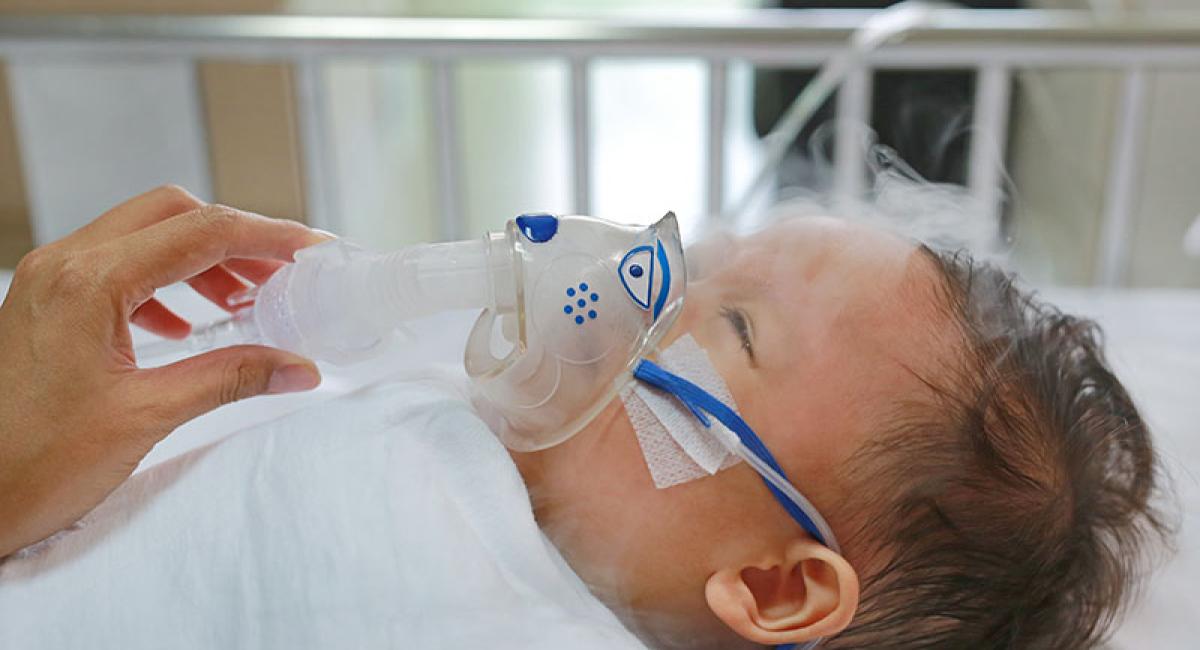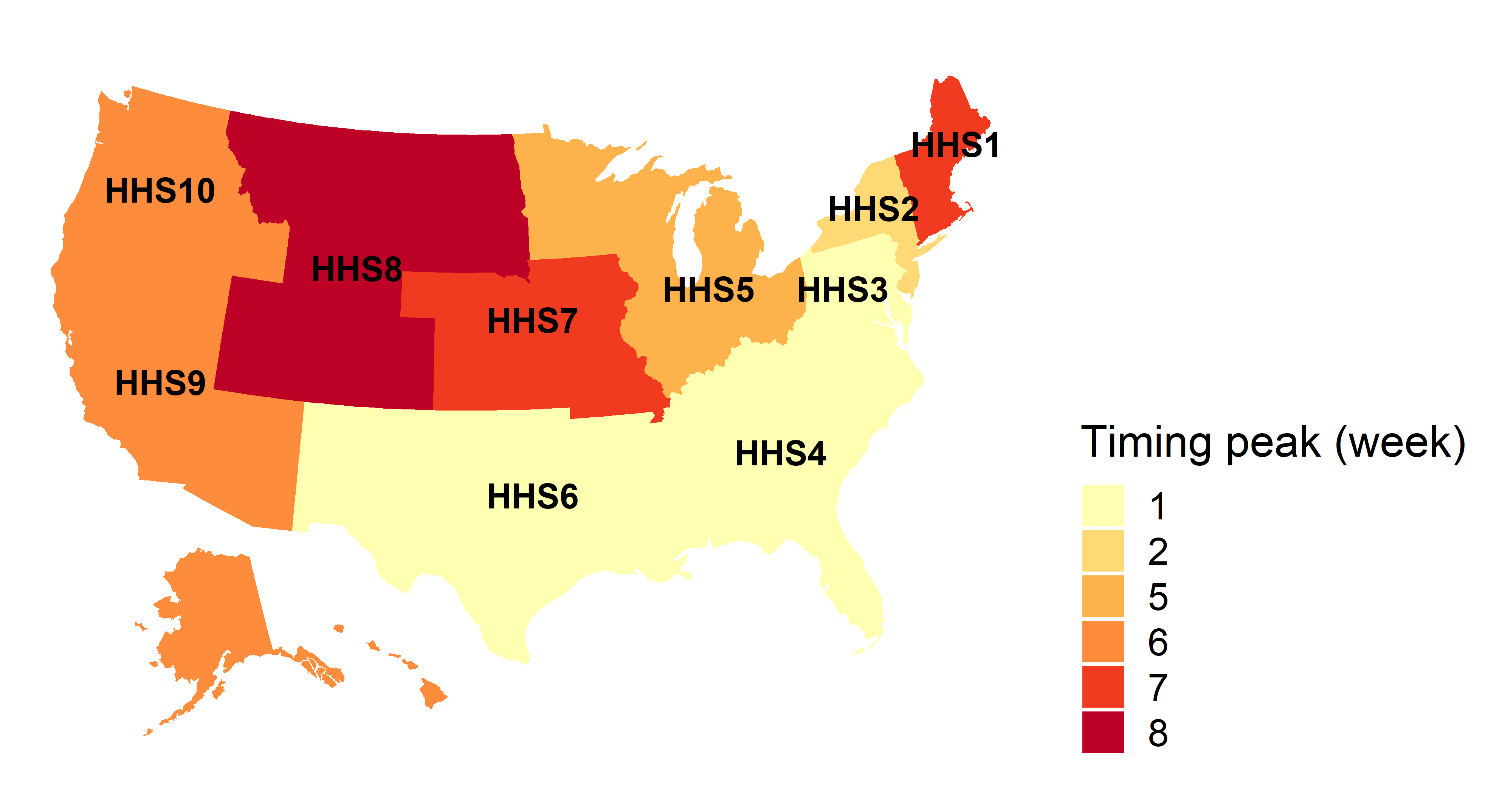
Geography and climate not the only predictors for the timing of RSV epidemics
Understanding the seasonality of Respiratory Syncytial Virus (RSV) is crucial for the implementation of (cost)effective prevention and control measures. Our research, based on the detailed RSV surveillance data from 12 different countries, shows that geographical location or current climatic characteristics cannot be used as definite predictors for the timing of RSV epidemics. These findings also highlight the need for (sub)national data collection and analysis.
Previous studies have shown that RSV epidemics are consistent in countries with a temperate climate, where they usually peak during winter months. More variability in the timing of RSV epidemics has been found in the (sub)tropics. Our study confirmed most of these findings, however we found a lot of subnational variation in the timing of RSV epidemics – for example in the USA and Brazil –as well as several unexplained inconsistencies in seasonality.
Figure: The median peak of the RSV epidemic in the USA: the timing of the peak varies substantially across the USA. Want to know more? Open the publication.

Collection and analysis of subnational data is recommended
Our findings show that it is advisable to further explore predictors of seasonality and be mindful of generalizations. We would also recommend the collection and analysis of subnational data, especially in larger countries.
About our research
As part of the project ‘Global Epidemiology of RSV in Community and Hospitalized Care’ (GERi) Nivel has collected RSV surveillance data from a total of sixteen countries around the world; for this research project the data of twelve of them have been used. Where possible countries provided stratified data by; region, age and/or level of care. In addition, we gathered detailed information on the surveillance system of each participating country. This study was funded by a research grant from Sanofi Pasteur.
This research project relates to Nivel's research program Disasters and Environmental Hazards (lead by prof. Michel Dückers, PhD).
